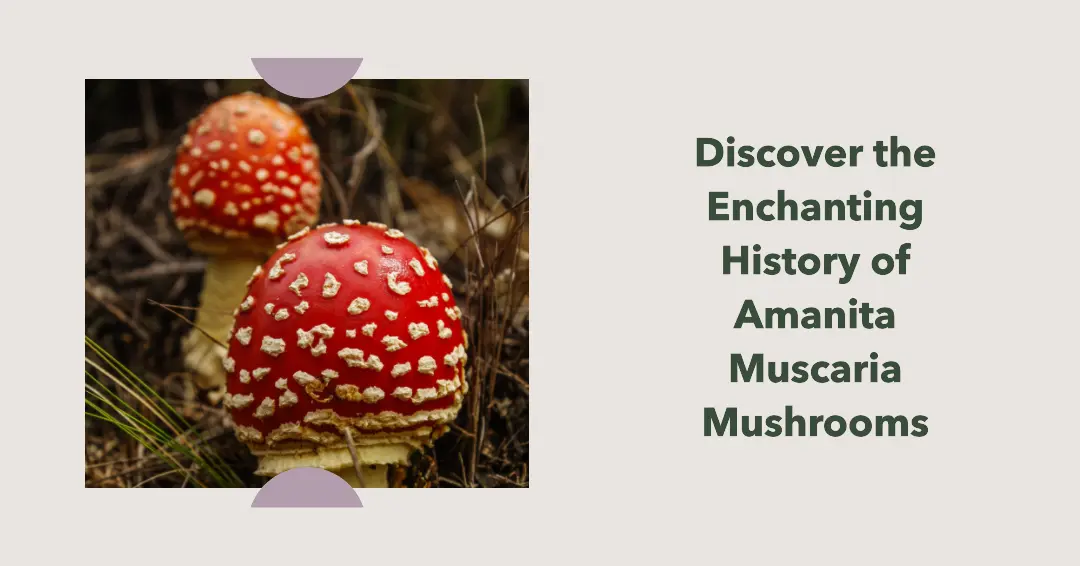Meet the Fly Agaric. A red cap with white spots. A mushroom that’s more than just eye candy. This fungi has secrets. Ancient ones. Want to know more? You’ll want to stick around, especially if you’re curious about our Amanita gummies.
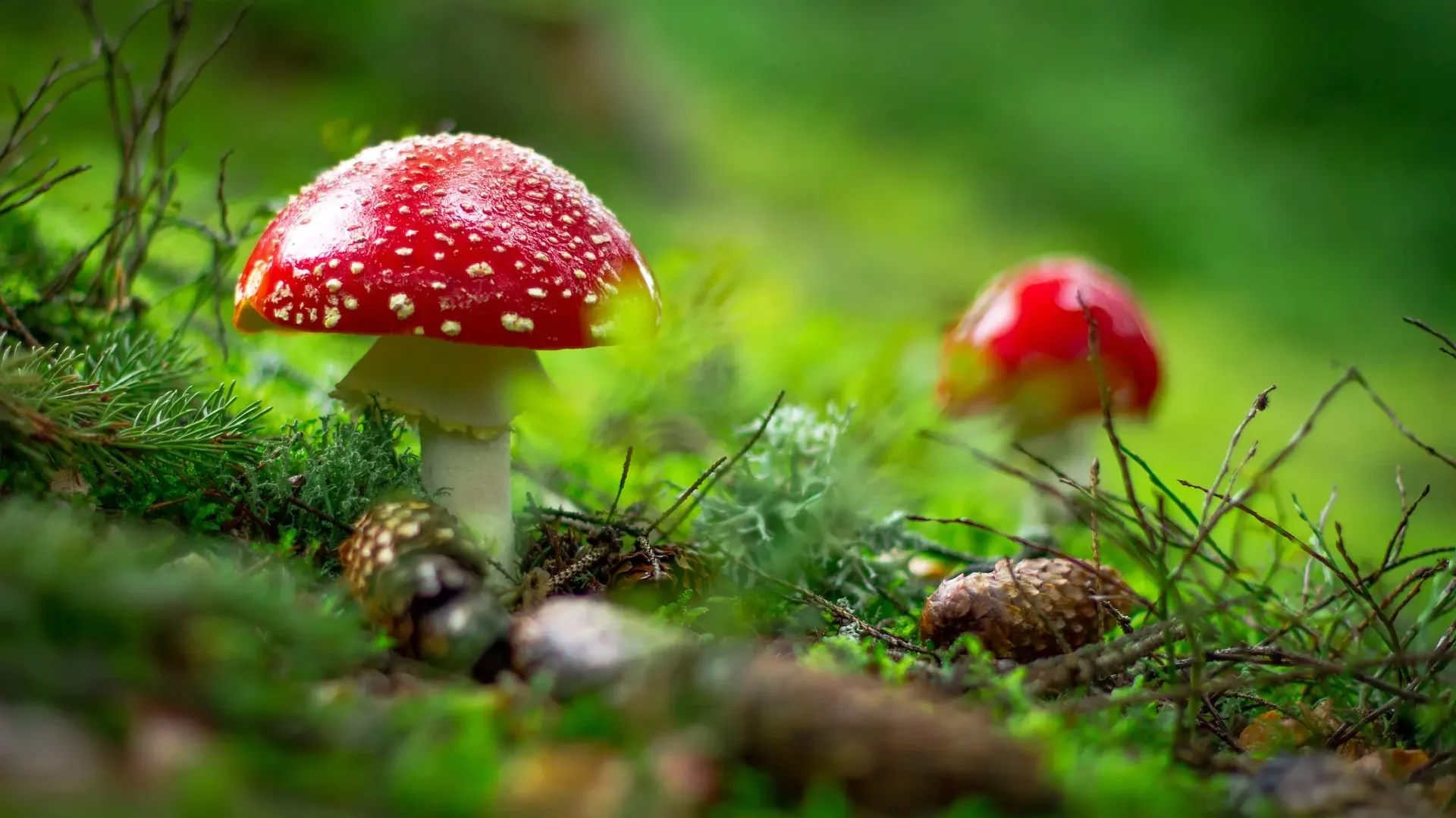
The Early Discovery of Amanita Muscaria
The Fly Agaric has been part of human history for thousands of years. Its earliest known use can be traced back to the indigenous peoples of Siberia, where its psychoactive properties were employed in shamanistic rituals. It’s believed that the use of Amanita Muscaria in these rituals could date back to as early as 4000 to 6000 BC.
Archaeological evidence further suggests that Amanita Muscaria might have been used by the prehistoric peoples in Northern Europe. A bowl from a late Stone Age site in Götaland, Sweden, dating back to around 4000 BC, contains residues of the Fly Agaric, indicating its use nearly 6000 years ago.
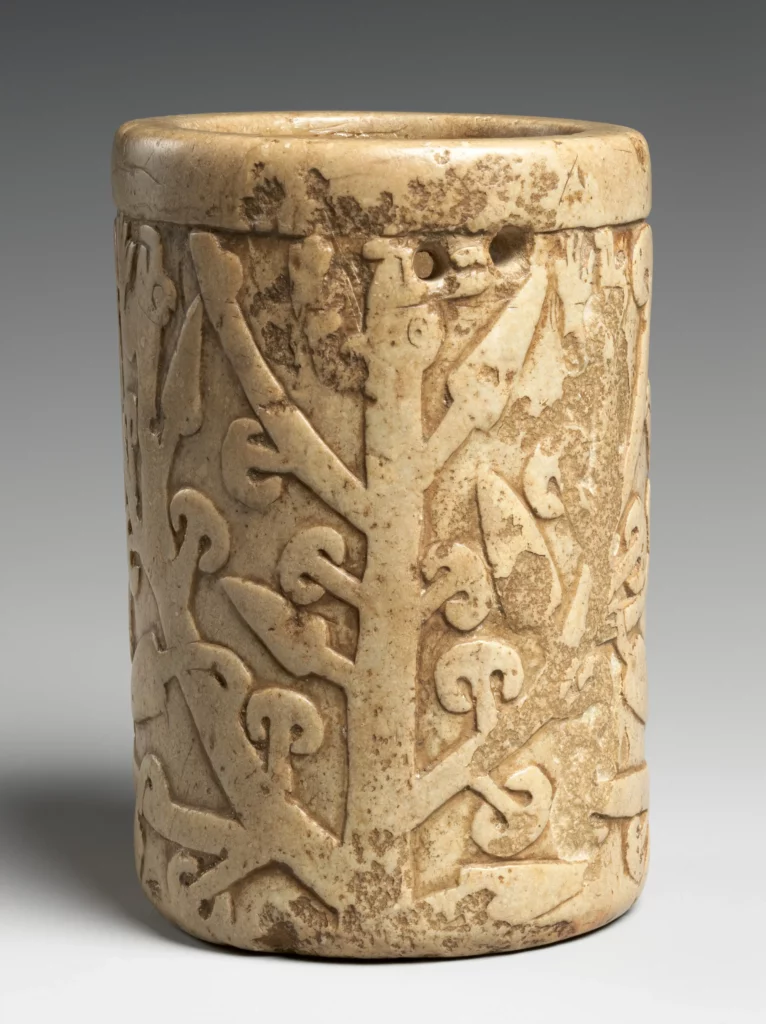
Amanita Muscaria in Ancient Cultures
The Soma of the Rigveda
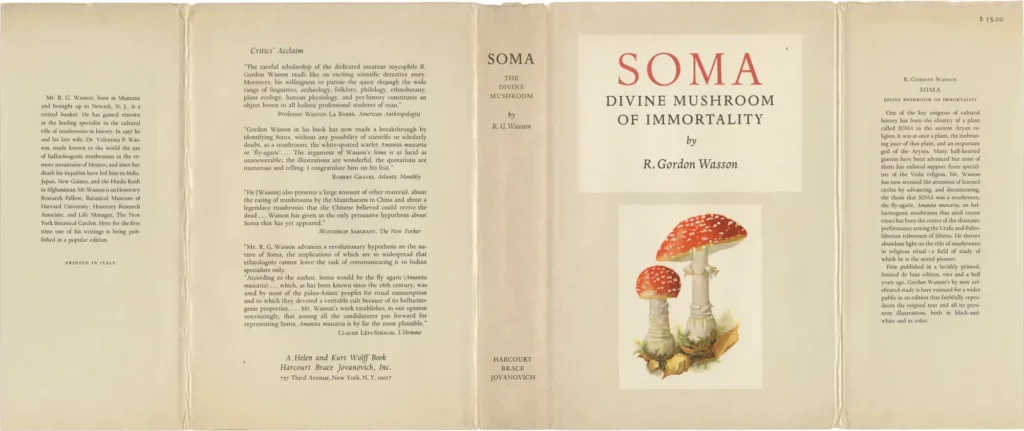
The use of Amanita Muscaria extended into the spiritual realm in ancient India. The sacred Hindu text, the Rigveda, composed between 1500 and 1200 BC, refers to a divine substance called ‘Soma’. Although the true identity of Soma has been lost to history, some scholars suggest that it might have been the Fly Agaric, given its psychoactive properties. The Rigveda describes Soma as a god, a plant, and an intoxicating brew, a description fitting with the cultural and spiritual significance of the Fly Agaric.
Amanita Muscaria in Siberian Shamanism
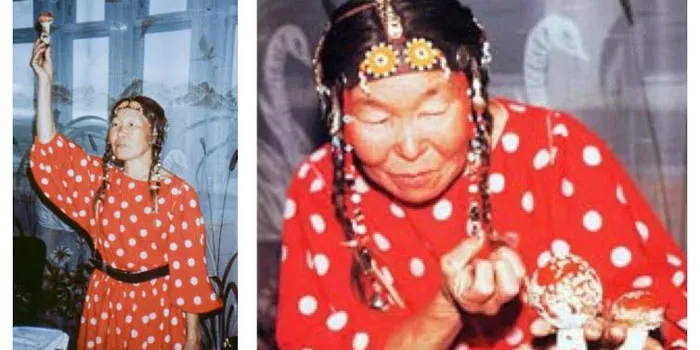
In Siberia, the use of Amanita Muscaria in shamanistic practices was widespread. The mushroom was consumed by shamans to induce trance-like states, which were seen as a means of communicating with the spirit world. It’s believed that this practice began around 1000 BC and persisted well into the 19th and 20th centuries. In some Siberian cultures, the urine of individuals who had consumed the Fly Agaric was drunk for its psychoactive effects, a practice documented as late as the early 20th century.
The Mushroom in Ancient Celtic Traditions
The ancient Celts, too, might have been familiar with the Fly Agaric. Although direct evidence is sparse, the presence of mushroom-like motifs in Celtic art and mythology suggests a cultural significance. Some scholars propose that the Celts used the Fly Agaric in their religious and ritualistic practices, though this theory remains a topic of debate.
Amanita Muscaria in the Middle Ages
The Middle Ages (5th to 15th century) marked a period of change in the perception and use of Amanita Muscaria across different regions and cultures.
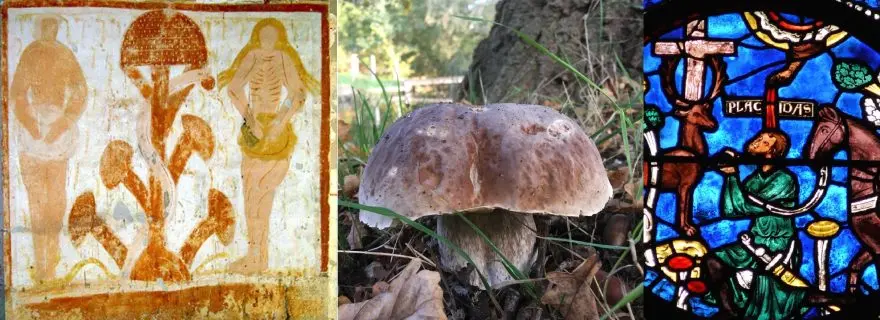
Medicinal Uses
In Siberia, Scandinavia, Eastern Europe, and Russia, Amanita Muscaria continued to be used for its alleged therapeutic benefits. Its analgesic, anti-inflammatory, and stimulant properties were harnessed by indigenous peoples for various ailments. For instance, in 13th century Lithuania, the mushroom was documented as being used in wedding feasts and exported to the Sami people in the North for medicinal and ritualistic purposes.
Witchcraft and Folklore
In contrast, the mushroom was viewed with suspicion and fear in parts of medieval Europe. Due to its psychoactive effects, it was associated with witchcraft and sorcery. The Church often portrayed the Fly Agaric as an instrument of the devil, and its consumption was seen as a pact with evil forces. This association is evident in several medieval texts and artworks, where Amanita Muscaria was depicted as a symbol of enchantment and otherworldly realms.
Shamanic Rituals
In the indigenous communities of Siberia, the use of Amanita Muscaria in shamanistic rituals persisted. The mushroom was considered an entheogen – a substance that induces spiritual or mystical experiences. It was believed that consuming the mushroom allowed shamans to communicate with the spirit world and perform healing rituals.
The Spread of Amanita Muscaria in the Age of Exploration
The Age of Exploration (15th to 17th century) facilitated the spread of Amanita Muscaria to new territories, including the Americas. The mushroom likely traveled with European explorers and settlers, finding its way into new habitats.
By the 16th century, the presence of Amanita Muscaria was documented in various parts of the New World. For instance, in Mesoamerica, the mushroom was identified in several indigenous traditions.
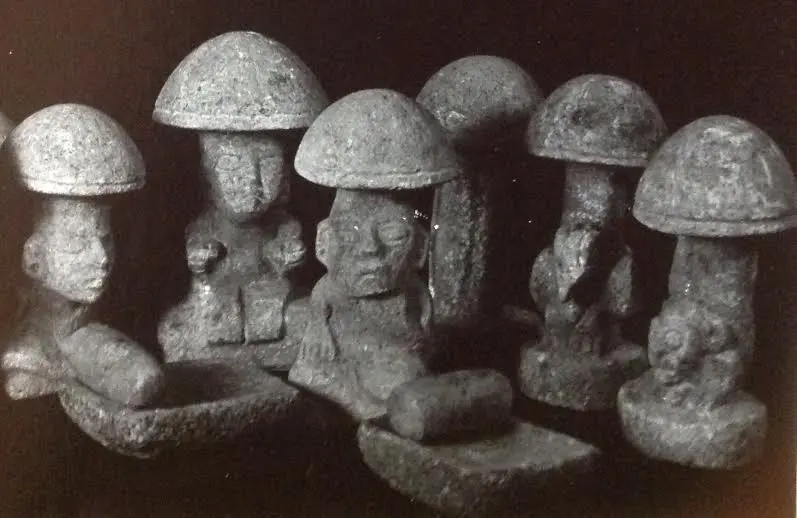
Evidence suggests that the Fly Agaric may have been used in rituals and ceremonies by the native peoples of these regions. For example, in 16th century Mexico, Spanish chroniclers recorded the use of psychoactive mushrooms in Aztec religious ceremonies. While the exact species of these mushrooms is unclear, it’s possible that Amanita Muscaria was among them.
Amanita Muscaria in the 19th and 20th Centuries
In the 19th and 20th centuries, scientific interest in Amanita Muscaria grew, leading to a more profound understanding of the mushroom.
Discovery by Science
In the 19th century, the Fly Agaric was officially classified by the scientific community. In 1821, Swedish mycologist Elias Magnus Fries described it as Agaricus muscarius in his book, “Systema Mycologicum”. The name was later changed to Amanita Muscaria in 1838 by the French botanist François Fulgis Chevallier.
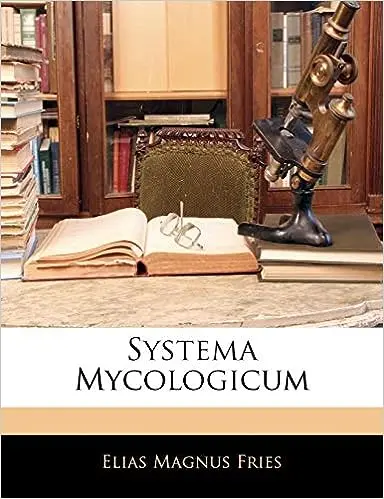
In the 20th century, the psychoactive properties of Amanita Muscaria were studied in more detail. In the 1960s, the active compounds in the mushroom – muscimol, ibotenic acid, and muscarine – were identified. These findings led to a better understanding of the mushroom’s effects and potential uses.
Debate over Toxicity
Despite its historical use, Amanita Muscaria is generally considered poisonous. Throughout the 19th and 20th centuries, there have been numerous reports of poisoning associated with the mushroom. Its toxicity can vary depending on a variety of factors, including the specific variety of the mushroom, its age, and how it’s prepared. However, while the mushroom can cause adverse effects, fatalities are rare.
Role in Popular Culture
Amanita Muscaria has become a cultural icon, often represented in art, literature, and popular media. It’s frequently depicted as the archetypal mushroom in fairy tales and children’s stories. The mushroom’s distinctive appearance has made it a popular symbol of magic and enchantment.
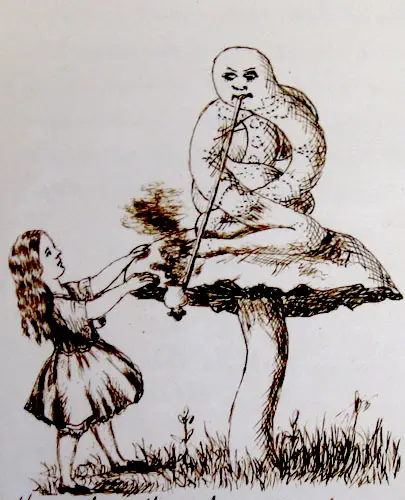
For instance, in Lewis Carroll’s “Alice in Wonderland” (1865), Alice encounters a caterpillar sitting on a mushroom, which is often depicted as a Fly Agaric in illustrations. The mushroom also appears in various films, TV shows, and video games, further cementing its place in popular culture.
Cultural Representation of Amanita Muscaria
Throughout its history, Amanita Muscaria has been woven into the cultural fabric of various societies, featuring prominently in myths, legends, and folkloric traditions.
Hindu Rig-Veda
The mushroom has been suggested as a possible identity for the mysterious ‘Soma’ – a divine plant that is mentioned in the Rigveda, one of the oldest known texts from ancient India. Soma was said to bestow immortality and was consumed by priests during rituals. The identity of Soma has been the subject of much debate, with suggestions ranging from ephedra to cannabis, and of course, Amanita Muscaria.
Celtic Mythology
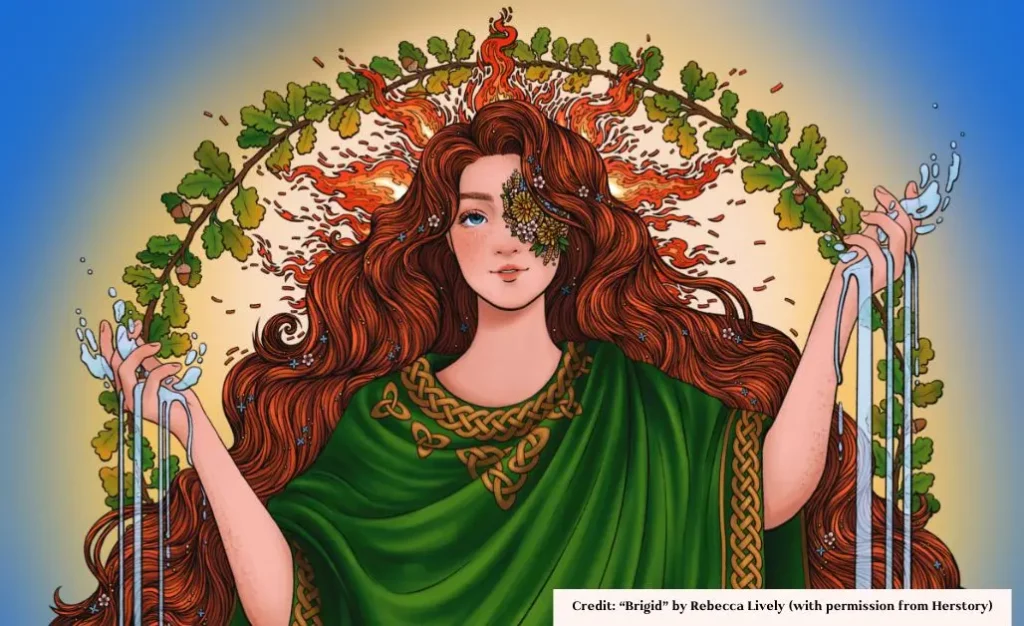
In Celtic mythology, the Fly Agaric is associated with the goddess Brigid. Known as the goddess of prophecy and healing, she was often invoked for protection in times of war. Artistic depictions of Brigid bear a striking resemblance to the Amanita Muscaria – a strong, fiery woman with flaming red hair, much like the mushroom’s red cap.
Slavic Mythology
In Slavic mythology, Amanita Muscaria is revered as a symbol of immortality and the eternal cycle of nature. The mushroom is often depicted in traditional Russian and Ukrainian folk art, symbolizing good fortune and spiritual enlightenment.
Japanese Folklore
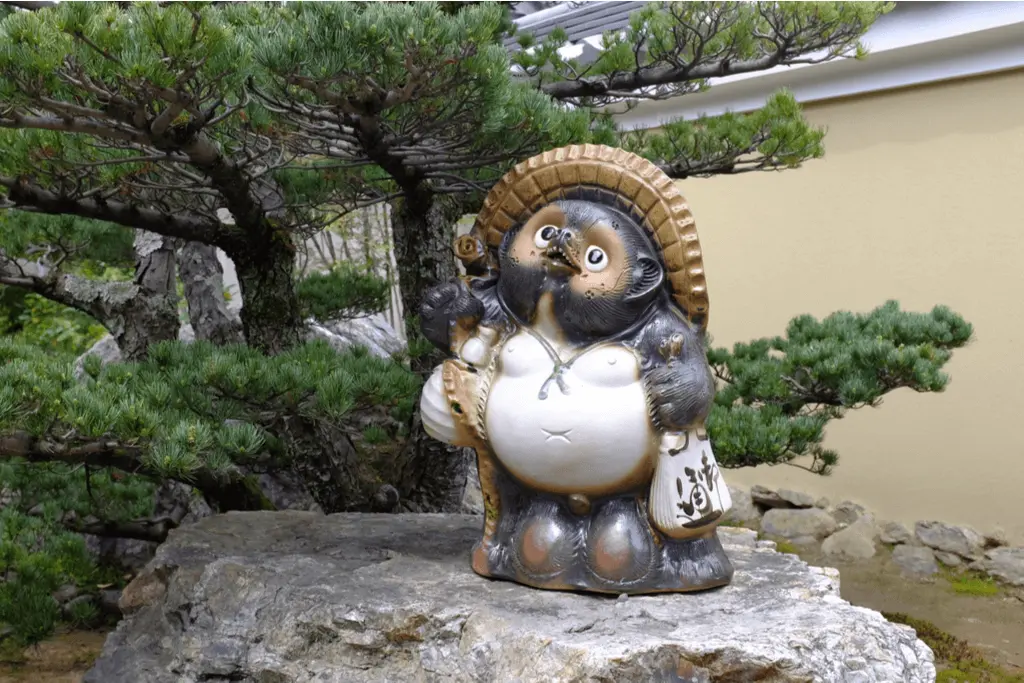
In Japanese folklore, the Amanita Muscaria mushroom is associated with the mythical creature Tanuki, a mischievous raccoon-dog known for its shapeshifting abilities. Tanuki is often portrayed with a large belly and a wide-brimmed hat, much like the shape of the mushroom.
Aztec Culture
In the ancient Aztec culture, the divine mushroom was called “teonanácatl,” which translates to “flesh of the gods.” Archaeological evidence shows depictions of mushroom gods, suggesting the use of mushrooms in religious and spiritual ceremonies.
Siberian Shamanism
The Fly Agaric mushroom has a significant place in Siberian Shamanism. It’s believed that consuming the mushroom allows shamans to achieve trance-like states, facilitating communication with the spirit world. This practice has its roots in ancient traditions and continues to be a part of some Siberian cultures today.
While these cultural representations offer a fascinating glimpse into how Amanita Muscaria has been perceived throughout history, it’s essential to note that the mushroom’s pharmacological properties and effects continue to be a subject of scientific research.
Amanita Muscaria Today: Current Status, Conservation, and Cultural Significance
Today, Amanita Muscaria continues to be a subject of scientific research, cultural fascination, and, in some regions, traditional use.

Current Status
Amanita Muscaria is a widely distributed mushroom, found across the globe, from the boreal forests of the Northern Hemisphere to the deciduous woods of the Mediterranean. However, while the mushroom is common, its specific populations may be vulnerable to the same threats facing many forest ecosystems today, such as deforestation and climate change.
Conservation Efforts
While there are no specific conservation efforts for Amanita Muscaria, the mushroom’s survival is intertwined with the health of the forests it inhabits. Therefore, conservation strategies focused on protecting forest biodiversity indirectly support the preservation of this and other mushroom species.
Cultural Significance
The cultural significance of Amanita Muscaria persists today. The mushroom continues to be used in some indigenous Siberian cultures for shamanic rituals. Its vibrant red cap with white spots has also made it a popular symbol of the holiday season in Western cultures, with some scholars suggesting links between the mushroom and modern Christmas traditions.
Moreover, the mushroom continues to captivate the scientific community. Research into its potential medicinal properties and therapeutic uses is ongoing, with studies examining its analgesic, anti-inflammatory, and anxiolytic properties.
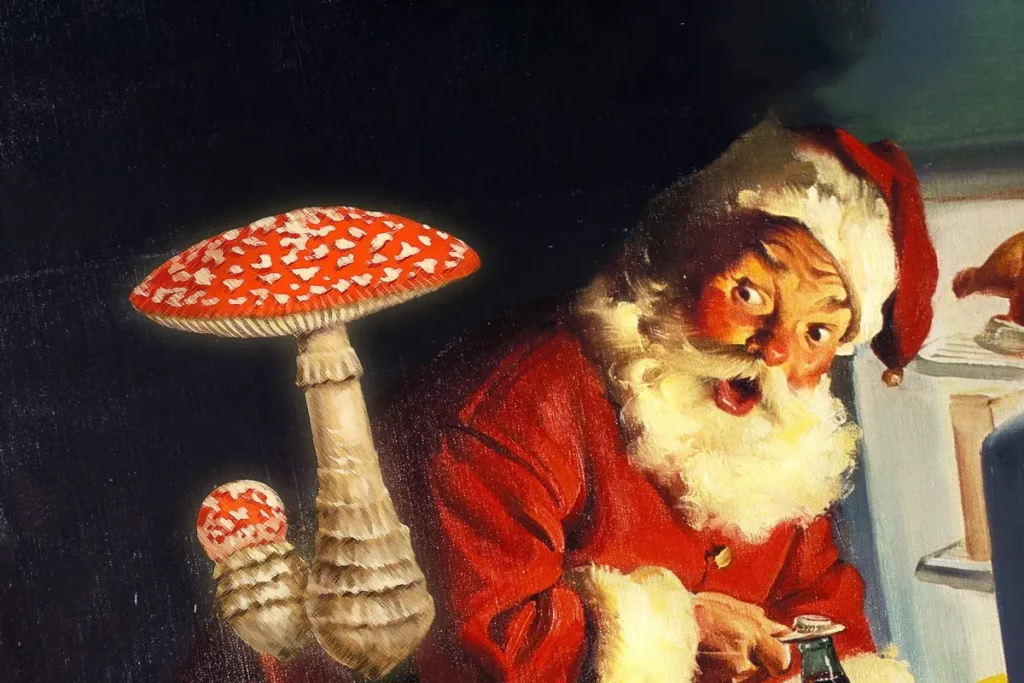
In conclusion, Amanita Muscaria’s rich history and cultural significance make it a captivating subject. From ancient rituals and medieval folklore to modern science and popular culture, the mushroom’s journey through time is as colorful as its iconic red cap. As we move into the future, who knows what new roles and representations this fascinating fungus might assume?
This concludes our journey through the history and cultural significance of the Amanita Muscaria mushroom. I hope you’ve enjoyed exploring the rich tapestry of tales that this humble fungus has to tell.
FAQs
- What is Amanita Muscaria?
Amanita Muscaria, also known as the fly agaric, is a mushroom species that is known for its distinctive red cap with white spots. It is native to temperate and boreal regions in the Northern Hemisphere. - What is the history of Amanita Muscaria?
Amanita Muscaria has a rich history and has been associated with various cultures around the world. It has been suggested as a candidate for the ‘Soma’ of the Rigveda in ancient India, associated with the goddess Brigid in Celtic mythology, and used in shamanic rituals in Siberia. The mushroom also has a place in Slavic and Japanese folklore, as well as Aztec culture. - Is Amanita Muscaria poisonous?
Yes, Amanita Muscaria is considered poisonous and can cause various symptoms if ingested, including confusion, hallucinations, and gastrointestinal problems. However, it has also been used medicinally in some cultures, and recent research has found potential therapeutic properties in the mushroom. - Where can Amanita Muscaria be found?
Amanita Muscaria is widely distributed and can be found in conifer and deciduous woodlands throughout the temperate and boreal regions of the Northern Hemisphere. - What are the uses of Amanita Muscaria?
Historically, Amanita Muscaria has been used for various purposes. It was consumed in some cultures for its psychotropic effects, particularly in religious or shamanic rituals. It has also been used medicinally in some cultures for its analgesic, anti-inflammatory, and anxiolytic properties. - How is Amanita Muscaria related to Christmas traditions?
Some scholars suggest a link between Amanita Muscaria and modern Christmas traditions. The mushroom’s red and white coloring is reminiscent of Santa Claus’s outfit, and its historical use in shamanic rituals, particularly in Siberian cultures, may have influenced modern perceptions of Santa Claus and his reindeer. - What is the current status of Amanita Muscaria?
Amanita Muscaria continues to be a subject of scientific research and cultural fascination today. While there are no specific conservation efforts for the mushroom, its survival is intertwined with the health of the forests it inhabits. The mushroom’s cultural significance persists, and it continues to be used in some indigenous Siberian cultures and is a popular symbol of the holiday season in Western cultures. - Can Amanita Muscaria be used for medicinal purposes?
While Amanita Muscaria has been used medicinally in some cultures, it is generally considered poisonous and should not be consumed without proper knowledge and guidance. Some recent research has found potential therapeutic properties in the mushroom, but more studies are needed to fully understand its medicinal potential.
References
https://staging.purecbdnow.com/article/complete-guide-amanita-muscaria/
https://www.fs.usda.gov/wildflowers/ethnobotany/Mind_and_Spirit/flyagaric.shtml
https://en.wikipedia.org/wiki/Amanita_muscaria
https://chacruna.net/fly-agaric-amanita-muscaria-traditional-modern-therapeutic-uses/
https://www.britannica.com/plant/Amanita
https://www.mushroom-appreciation.com/amanita-muscaria.html
https://www.drugsand.me/en/drugs/amanita-muscaria/






